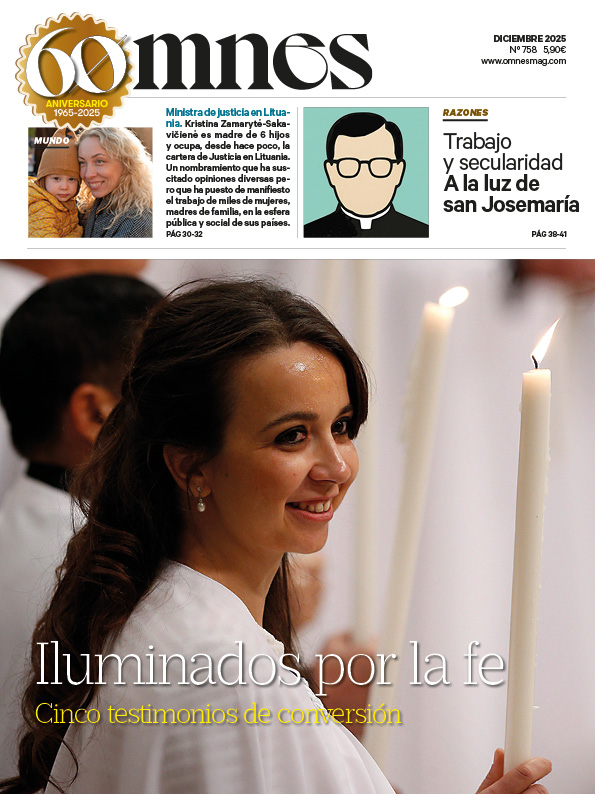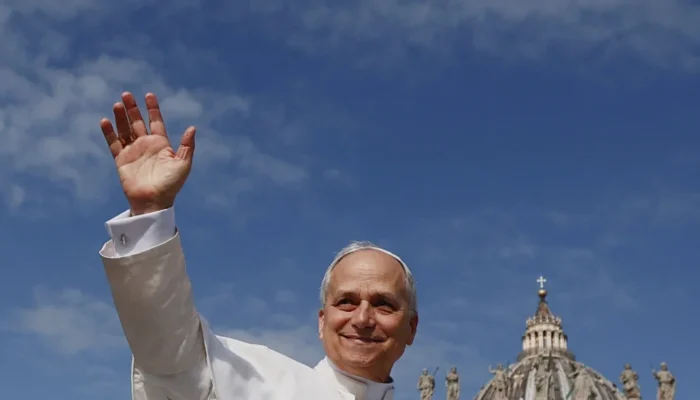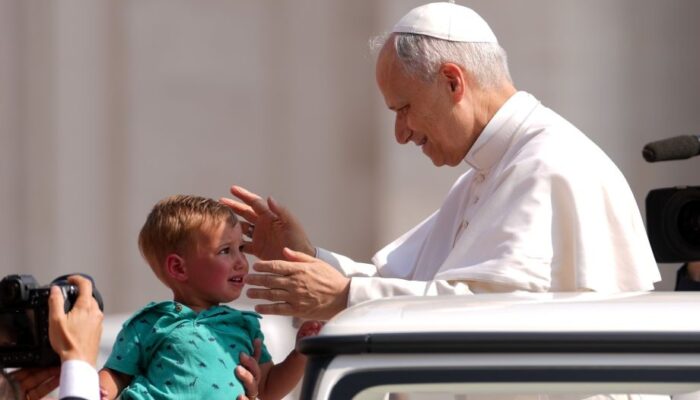In a solemn gesture of remembrance, Pope Leo XIV has approved the martyrdom - for hatred of the faith - of eleven Catholic priests who were victims of ideological persecution during the 1940s and 1950s. Among them are the Servants of God Jan Świerc and eight companions, professed religious of the Salesian Society of St. John Bosco who were murdered in the concentration camps of Auschwitz (Poland) and Dachau (Germany) between 1941 and 1942, and diocesan priests Jan Bula and Václav Drbola, who suffered martyrdom between 1951 and 1952 in Jihlava (then Czechoslovakia).
Salesian martyrs
The nine were arrested and murdered «in odium fidei» because they were priests. On June 27, 1941, in the Auschwitz concentration camp, priests Jan Świerc, Ignacy Dobiasz, Franciszek Harazim and Kazimierz Wojciechowski were executed. Ignacy Antonowicz died on July 21, 1941 as a result of the ill-treatment he suffered that day.
On January 5, 1942, priest Ludwik Mroczek died after torture and multiple surgeries. On May 14, 1942 Karol Golda was shot in Auschwitz, after accusations of administering the sacrament of confession to German soldiers. On September 7, 1942, Włodzimierz Szembek died of ill-treatment in Auschwitz.
Finally, on May 30, 1942, the priest Franciszek Miśka was murdered in the Dachau concentration camp (Germany) after suffering torture and ill-treatment.
The martyrs of communism
At the same time, the pontiff gave the green light to the recognition of the martyrdom of Jan Bula and Václav Drbola, diocesan priests who were victims of the Czechoslovak communist regime between 1951 and 1952.
Václav Drbola was executed on August 3, 1951 in Jihlava as a result of a political trial. Jan Bula was convicted and hanged on May 20, 1952, also in Jihlava. Both priests had been baselessly accused of conspiracy, linked to the so-called “Babice trial”, a state set-up to criminalize religious activity and Catholic fidelity.
Religiosity in the fields
Auschwitz-Birkenau, symbol of the National Socialist genocide where 1.1 million people died (one million of them Jews), was also a place of confinement for thousands of Catholics, mainly Poles, Gypsies and homosexuals. Between 1940 and 1945, at least 464 clergy and 35 nuns were deported to the complex.
Although the SS - a particularly anti-Christian organization - had strictly forbidden all religious activity and the possession of objects of worship, the faith survived in hiding. The Auschwitz-Birkenau Museum documents numerous testimonies that reveal how the inmates, risking severe punishments (such as 25 lashes), managed to keep their sacramental life alive.
Clandestine Masses were held (especially in Dachau, with secretly brought in hosts and wine). In Auschwitz, discreet confessions were held, often next to the walls of the blocks, providing «profound relief and consolation» to the inmates.
The midwives in the camp, with the mothers' permission, baptized newborns who had little chance of survival. A marriage was even celebrated with a prisoner priest blessing the couple through the barbed wire that separated the camps.
The inmates also formed groups to pray the rosary in October or performed May devotions in praise of the Virgin Mary.
This life of faith, driven by figures such as Father Maximilian Kolbe (who confessed Władysław Lewkowicz) and midwife Stanisława Leszczyńska (who baptized Adam and many other children), not only offered comfort to the dying, but demonstrated the strength of the human spirit in the face of barbarism. Faith, in the heart of the extermination camp, was a testimony to the inseparability of a person's spiritual life.







